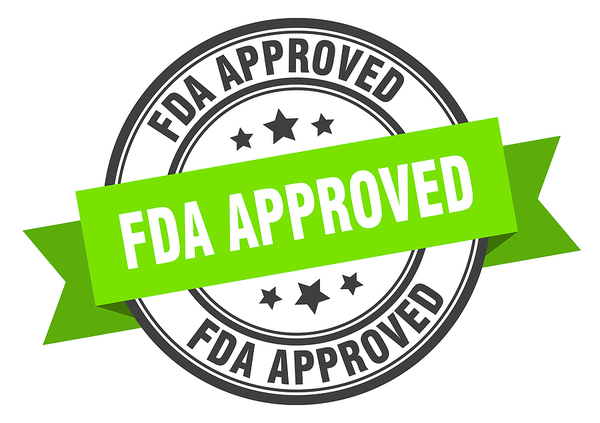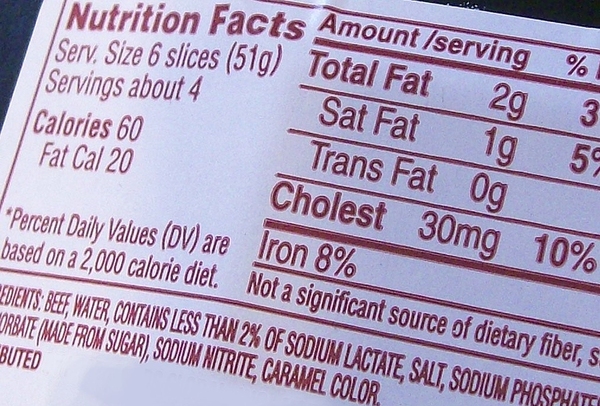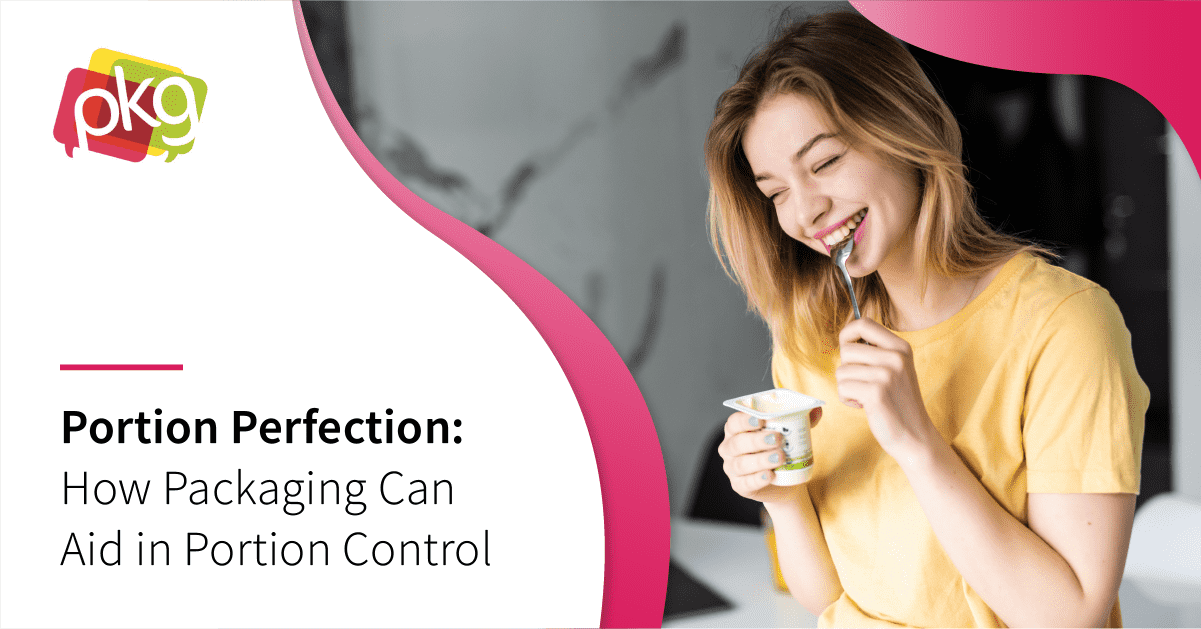
There are good news and bad news in FDA labeling requirements for 2021. First, labeling requirements haven’t changed drastically in two decades, which means CPG packaging designers haven’t had to scramble to keep up. The bad news is that the FDA updated some nutrition label standards in 2020. It also allowed some ingredient changes due to supply issues and COVID. Here's what you need to know.
New FDA Rules for CPG Packaging Designers
New nutrition and public health data caused the FDA, after twenty years, to make changes to their CPG packaging label requirements. According to Food Engineering Magazine, one of the most controversial changes is that the FDA loosened the rules for formulaic adjustments in ingredients without noting it on the labels. This is a move supposedly spawned by the COVID pandemic in 2020 when the FDA was worried about manufacturers that experienced supply chain shortages where some ingredients were running short.
However, this ruling was controversial, particularly with food allergy advocates that suggest these changes could cause potentially life-threatening harm to people living with food allergies. The FDA encourages manufacturers to print new CPG packaging labels to inform consumers whenever possible but recognizes that this may not always be feasible during the pandemic crisis. Their guidelines for these types of ingredient substitutions include:
- It must not cause adverse health effects.
- It cannot exceed 2% of the weight of the finished product.
- It can’t be a major or prominent ingredient.
- It can’t be a characterized ingredient, such as leaving out raisins in raisin bread.
- It also can’t affect the health claims on the label.
- It shouldn’t have “a significant impact” on the finished product.

However, this isn’t the only change to CPG packaging labels that the FDA issued in 2020. They also:
- Refreshed the design of the required ingredient label on CPG packaging.
- Updated the nutrition science requirement, adding sugars in grams and percent of the daily value. They also eliminated the requirement to list vitamins A and C and added calcium, iron, potassium, and vitamin D, to the label requirement. Finally, they eliminated total, saturated, and trans fat from the label, along with calories from fat.
- The serving size label requirement for certain package sizes also changed. For example, the serving size is now based on what people are actually eating and not what you should be eating. Food products that can be eaten in one sitting are also required to have a second column indicator that shows the “per package” calorie amount.
These changes may create additional costs for manufacturers, particularly because label requirements haven’t changed in 20 years. National grocery chain Kroger’s suggests that these changes could cost them $40 million. There is a two-year deadline for most companies to become compliant with these new rules. With a new political administration entering the White House, it remains to be seen whether additional changes will occur at the FDA shortly.
PKG Brand Design is always on the forefront of new CPG branding and packaging initiatives; please subscribe to our blog for the latest package design industry news!



-min-2.png)



